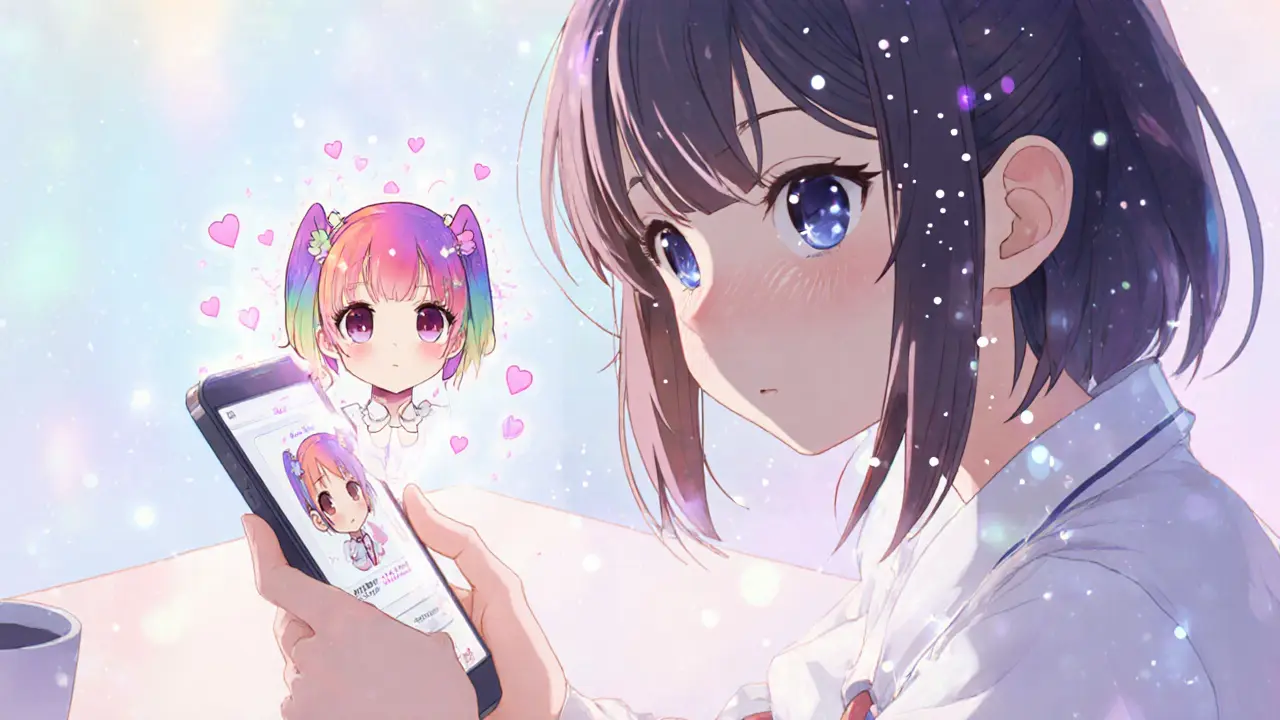NFT Guides: Master the World of Non‑Fungible Tokens
When working with NFT, a unique digital asset stored on a blockchain. Also known as non‑fungible token, it lets creators attach verifiable scarcity to anything from art to game items. NFT Guides bring that concept into plain English, showing you why the hype matters and how to get hands‑on without hopping on a jargon train.
One of the hottest sub‑categories is PFP NFTs, profile picture collections that serve as digital avatars. They explode in popularity because they double as status symbols and community badges. The original CryptoPunks, the 10,000‑pixel‑art pioneers launched in 2017 still command six‑figure prices, proving that scarcity + cultural relevance = value. Today the Bored Ape Yacht Club, a collection of 10,000 hand‑drawn apes that doubles as a members‑only club pushes the idea further, offering real‑world events and exclusive merch. All of these assets live on an NFT marketplace, a platform where you can buy, sell, and trade NFTs such as OpenSea, Rarible, or LooksRare. The marketplace not only provides liquidity but also supplies the tools you need to verify authenticity, set royalties, and protect your wallet.
Understanding how to move from “I like the picture” to “I own the token” involves a few practical steps. First, you need a crypto wallet that supports the blockchain your NFT lives on—most PFP collections sit on Ethereum, so MetaMask or Trust Wallet are popular choices. Next, fund the wallet with enough ETH to cover both the purchase price and the network gas fees; those fees can spike during high demand, so timing matters. Once you’ve placed a bid or hit “Buy Now,” the marketplace will prompt you to confirm the transaction. After the blockchain records the transfer, the NFT appears in your wallet’s gallery, ready to be displayed as a profile picture, used in a metaverse, or held as an investment.
Protection is just as important as acquisition. Because NFTs are immutable, losing your private key means losing the asset forever. That’s why many collectors back up their seed phrase, use hardware wallets, or split ownership across multi‑sig accounts. Some platforms also offer insurance or custodial services for high‑value pieces like a Bored Ape. Beyond security, you’ll want to stay informed about market trends. The price of CryptoPunks, for example, often reacts to broader crypto sentiment and major art auction results. Similarly, new drops from the Bored Ape team can trigger spikes across the whole PFP sector, creating arbitrage opportunities for savvy traders.
What you’ll find in our NFT Guides collection
Below you’ll discover a curated set of guides that cover every stage of the NFT journey. We start with the basics—what makes an NFT different from a regular image file—and then dive into deep dives on PFP collections, marketplace navigation, and risk management. Want to know how to spot a fake CryptoPunk? There’s a step‑by‑step checklist. Curious about the tax implications of selling a Bored Ape? We break down the filing process for U.S. and Euro‑zone investors. Each guide balances theory with actionable tips, so you can apply what you learn right away.
Ready to level up your NFT game? Scroll down to explore the full library of guides, each written for a specific skill level and packed with real‑world examples. Whether you’re a total beginner or a seasoned collector looking for the next edge, the content below will give you the insights you need to make informed decisions in the fast‑moving world of non‑fungible tokens.
Understanding PFP NFTs: The Rise of Profile Picture Collections
Learn what PFP NFTs are, why CryptoPunks and Bored Ape Yacht Club matter, and how to buy, use, and protect a profile picture collection in 2025.
